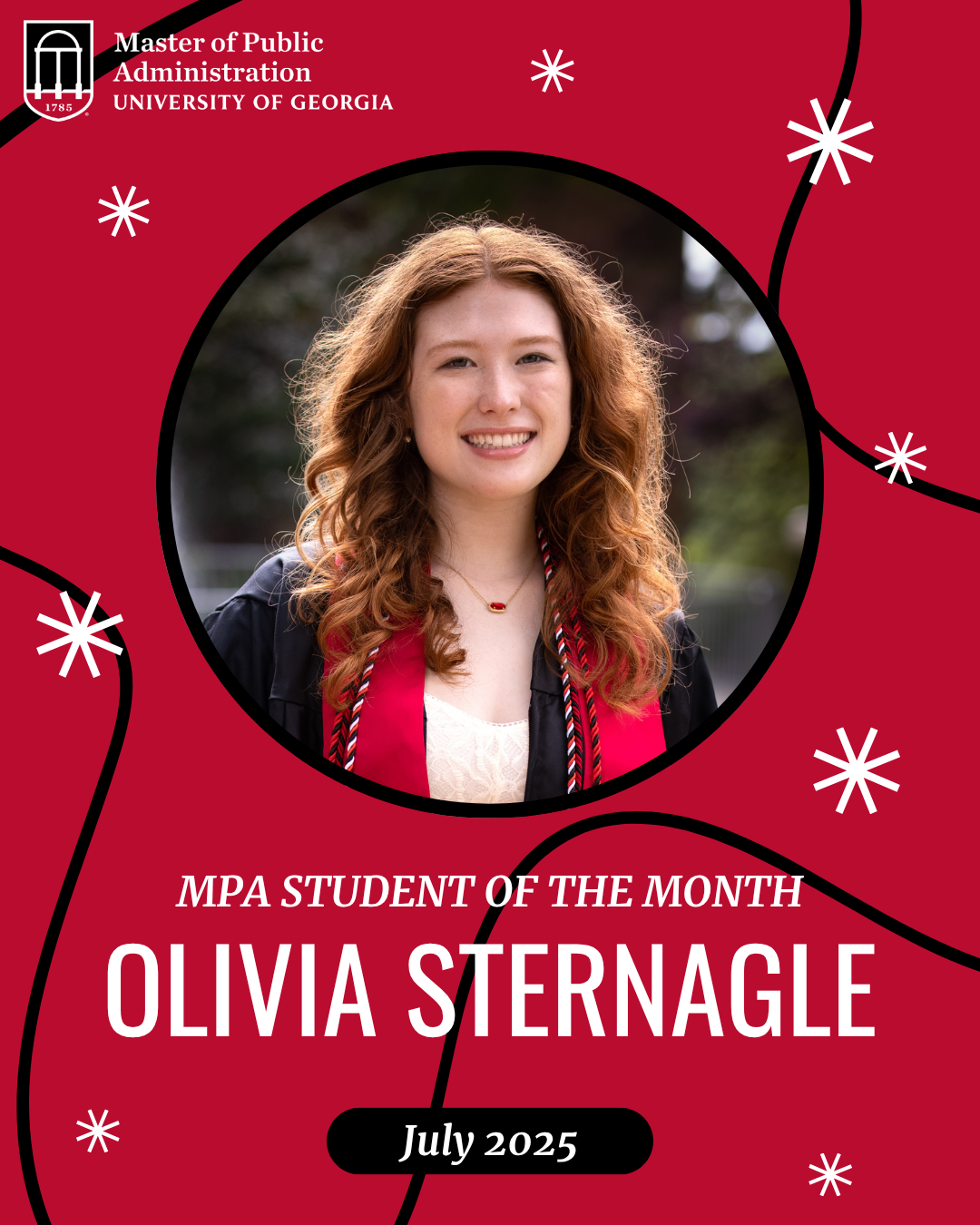
By: Rachael Andrews
In a SPIA research collaboration, Dr. Courtney Yarbrough (PhD, ‘17), assistant professor of health policy and management at Emory University, Dr. Amanda Abraham, associate professor of public administration and policy, and Dr. Grace Bagwell Adams (PhD, ‘13), assistant professor in health policy and management, have contributed to research concerning opioid treatment at the local level.
“I’m sure most people are aware that the opioid problem is ongoing,” Yarbrough, the lead author, says. “It’s a really tragic problem where we see more than 70,000 people die from drug overdoses each year and about 47,000 of those people have overdoses related to opioids of some kind.”
When Yarbrough began researching the issue in 2013, prescriptions and pain relievers were driving the opioid problem. Essentially, patients were either “doctor shopping”—visiting multiple doctors in order to get multiple prescriptions—visiting so-called “pill mills” where unscrupulous doctors dispensed large quantities of opioids, or buying prescription opioids illicitly. Policy responses at this time were targeted towards inappropriate opioid prescribing, since most opioids were in pill form.
Since 2016, however, the number of deaths from illicit opioids—like heroin, illicit fentanyl, and other synthetics—have surpassed the deaths from prescription pain relievers. The problem is no longer concentrated in misuse of prescription drugs; therefore, policies that go beyond controlling overprescribing and address misuse of both prescription and illicit opioids need to be adopted. Yarbrough says that actions to improve access to treatment is the most effective policy response for the over 2 million people diagnosed with opioid use disorder (OUD) would be the most effective policy response to today’s crisis.
“Very few people who have opioid use disorder have access to treatment and even fewer still have access to evidence-based treatment,” Yarbrough says. “[Evidence-based treatment] is treatment with one of the three approved medications [buprenorphine, naltrexone, and methadone] for opioid use disorder.”
However, there are many barriers to this kind of treatment. For one, there is substantial stigma, from both patients and providers, around treating those with substance use disorders with medications. Some treatment programs will refuse to accept patients who use medications. Another barrier is where people live and their geographic proximity to treatment centers. Yarbrough, Adams, and Abraham chose to focus on the latter for their research.
Their goal was to create a local-level geographic look at proximity to treatment for people who need it. They tracked the changes over time to see how treatment systems had responded to the increase in OUD severity.
Through their research, the team found that there has been some responsiveness to the problem. “[We] see statistically significant increases in the number of programs, and in the number of programs offering medication over time,” Yarbrough says, “which is important since very few programs offer medication.” Yarbrough noted that the programs that offer medication are considered the gold standard of treatment for opioid use disorder.
The researchers also saw an increase in programs that accept Medicaid, which is integral to making treatment more accessible and affordable as Medicaid is a major payer for substance use disorder treatment. Despite these increases, Yarbrough says that there are still large gaps in treatment and geographic availability for these programs. Fewer than 25 percent of counties have treatment programs that use medications.
Yarbrough says that the most effective policy response to this issue is reimbursement for OUD treatment programs.
“I think that we really need to see better reimbursement by insurers and, in particular, by Medicaid.” Yarbrough argues, “The evidence is really clear that the patients’ probability of achieving and maintaining remission from substance use disorder is much higher if they have medication compared to other treatments.”
“The opioid problem is not going to alleviate without a concerted effort to get people the treatment they need, and right now, people do not have access to that treatment due to [these] barriers,” Yarbrough concludes, “It’s really the job of the public health community and public policy to remove those barriers. Otherwise, we will be living with this problem for a long time.”









